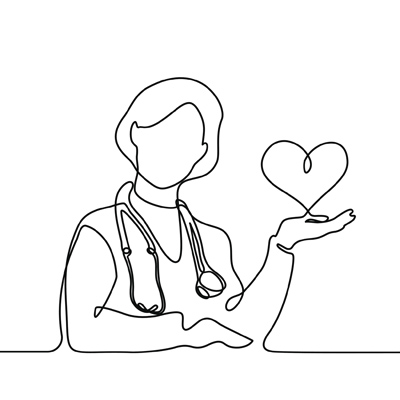Four articles from the leading medical journals that caught The Medical Republic's eye this week
Here are four articles from the leading medical journals that caught The Medical Republic’s eye this week:

RSV linked to asthma
Children under two treated for severe respiratory syncytial virus (RSV) infection are four times more likely to be subsequently hospitalised for asthma before their third birthday, Australian research has shown.
The study looked at nearly 850,000 children born in NSW between 2000 and 2010, divided into three subgroups. Of the 32,000 hospitalised for RSV, 7.5% were hospitalised within a year with asthma. Those with RSV infection also continued to have an elevated asthma risk beyond the age of seven.
“The similar hazard of subsequent asthma hospitalisation across different subgroups of children suggest that RSV might be the strongest predictor for developing subsequent severe childhood asthma,” the researchers said.

Kidney risk and warfarin
Non-vitamin K oral anticoagulants carry a lesser risk of kidney disease compared with warfarin for patients with atrial fibrillation.
Mayo Clinic researchers said about 25% of AF patients on blood thinners suffered a significant decline in renal function and one in seven had acute kidney injury.
The study analysed deidentified records of nearly 10,000 patients with AF who started taking the oral anticoagulants, apixaban, dabigatran, rivaroxaban or warfarin, sometime between 2010 and 2016.\
“Our findings indicate that the non-vitamin K antagonist oral anticoagulants as a group are associated with less injury to kidneys than warfarin,” the authors said.

More proof for continuity
Older patients were twice as likely to need emergency hospitalisation if they lacked continuity of care compared with those who only saw the same GP, a UK study has found. The findings support previous systematic reviews and analyses, which all indicate that increased hospital admissions were linked to periods when patients did not see the same clinician.
Researchers analysed records from 10,000 patients aged 65 and older, across almost 300 general practices.
“Discontinuity of care reduces the opportunity for building trust and mutual responsibility between patients and physicians, which might underlie the increased risk of emergency hospital admission,” the authors wrote.

It’s easy to look younger
Go easy on the booze and fags and you may save some money on anti-ageing creams.
While light to moderate drinking did not appear to prematurely age people, for the first time a prospective study has shown that heavy drinking, and any smoking, makes people look older than their years.
Researchers tracked 11,500 adults over 40 as part of the Copenhagen City Heart Study, which analyses their health, lifestyle and visible signs of ageing.
They found the risk of developing arcus corneae, earlobe crease and xanthelasmata increased the more cigarettes smoked, and downing more than 28 drinks a week for women, or 35 for men, created a higher risk of arcus corneae and earlobe crease.


